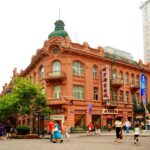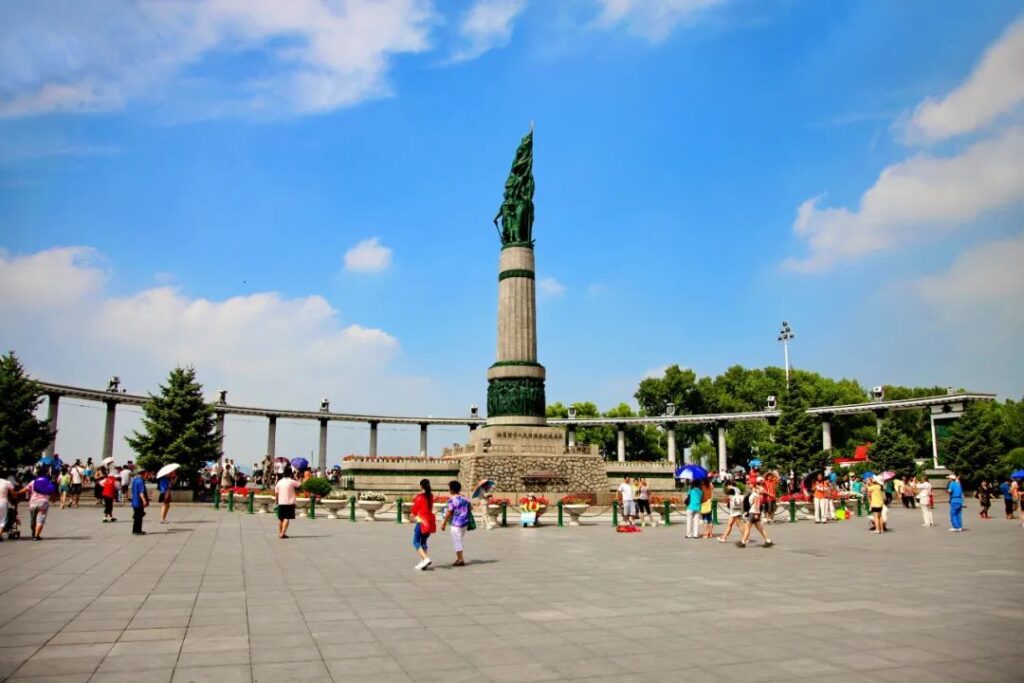
Harbin is an ancient and civilized city with a long history. Its winters are crystal clear, and its summers are sunny and pleasant, making it a captivating tourist destination. As I arrived in Harbin from the sweltering city of Shanghai, I immediately felt the coolness of this northeastern city. The poplar trees lining the roads appeared exceptionally lush and green after a refreshing summer rain.
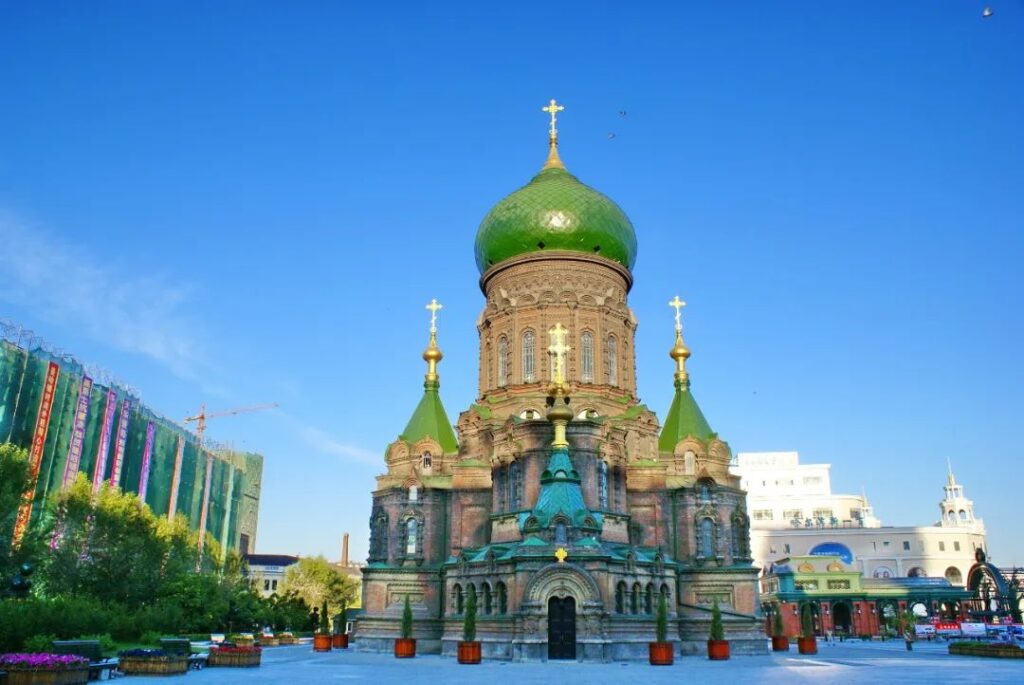
In Harbin, the most profound impression left on me was the St. Sophia Cathedral, which stands as a historical witness to the Russian invasion of Northeast China. The exotic cathedral appears magnificent and elegantly transcendent under the blue sky, with its grandeur revealing the vicissitudes of time and the weight of history.
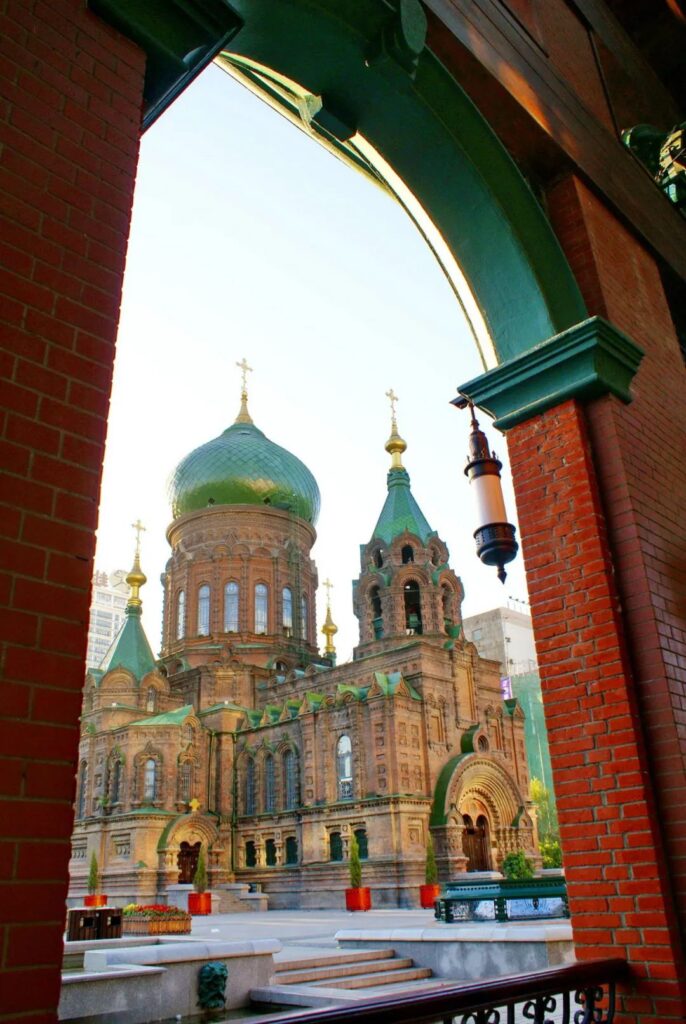
In 1903, with the completion and opening of the Chinese Eastern Railway, Russian troops invaded Harbin. To stabilize the morale of soldiers far from home, the Russians built the St. Sophia Cathedral in Harbin in 1907. In 1923, a second reconstruction groundbreaking ceremony was held for the cathedral. Today, St. Sophia Cathedral has been renamed the Harbin Architectural Art Gallery.
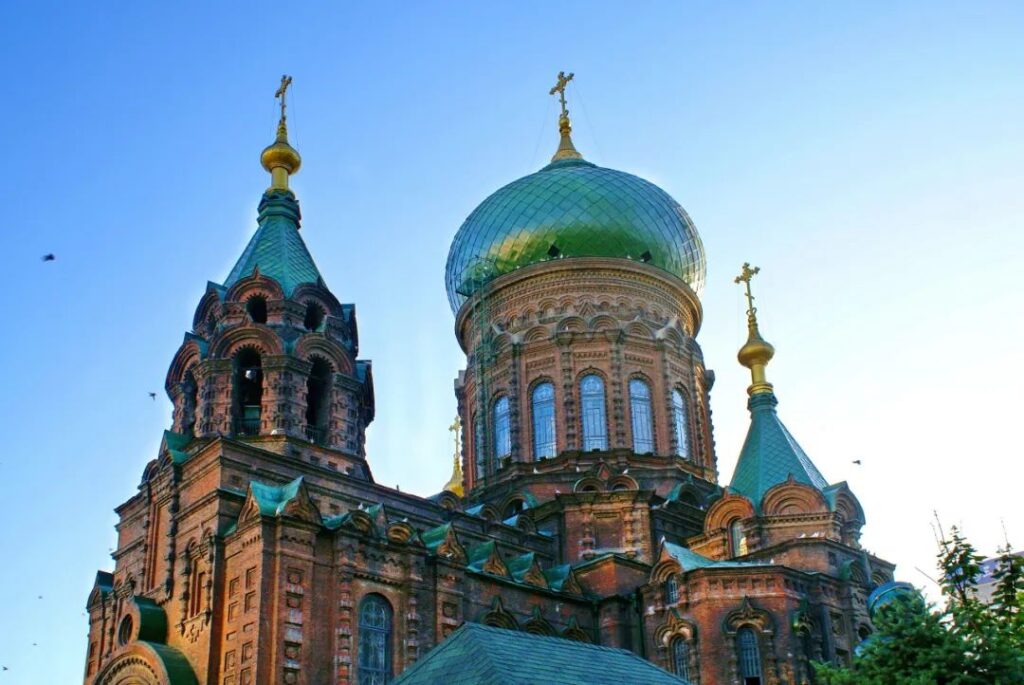
It is said that the exquisite St. Sophia Cathedral is one of the world’s top ten cathedrals. As I approached the cathedral and gazed at the clear water carvings on each red brick, the exquisite craftsmanship made every detail appear incredibly delicate. Every arch, vault, and dome support of the cathedral evoked a sense of architectural grandeur.

The golden cross rising into the clouds atop the cathedral’s dome, juxtaposed with the red bricks and green roof, showcases the majestic and magnificent appearance of the main structure. The elegant green domes on the stately and elegant walls are arranged in an orderly manner, a masterpiece combining Byzantine art and Baroque style, making the cathedral even more imposing, both luxurious and elegant, and majestic and spectacular.

In the square outside the cathedral, there are flowing crowds everywhere. Some people are fully appreciating the architectural art of the cathedral, while others are taking photos to capture the moment and make it eternal. The pigeons in the square add a touch of tranquility and peace to this solemn and dignified cathedral.
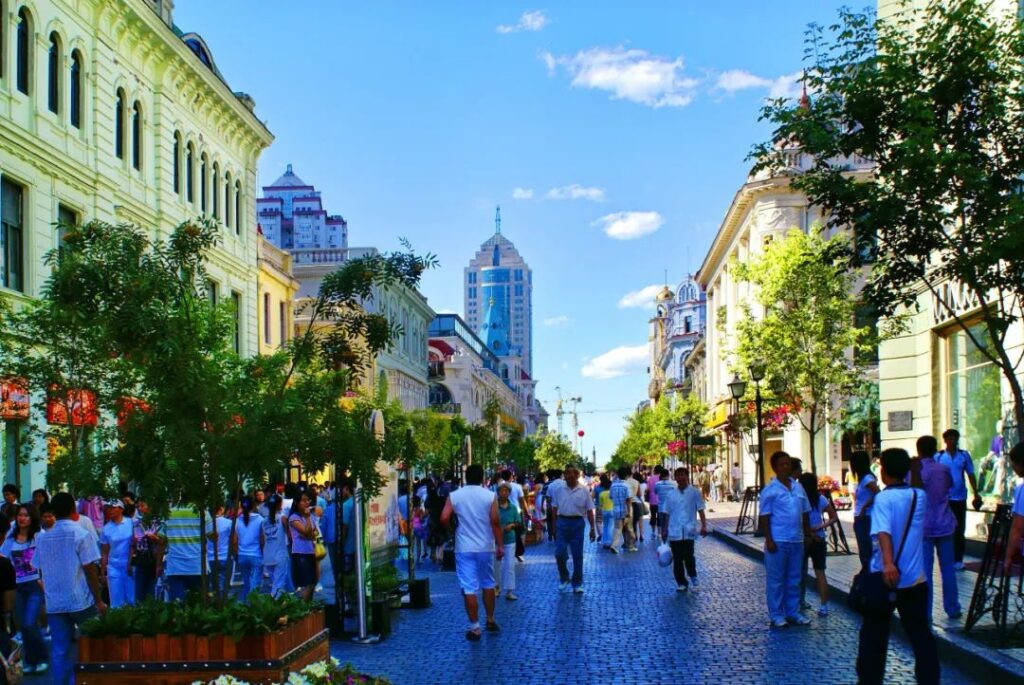
Central Street is a bright and beautiful landscape of Harbin’s folk customs. The architectural styles on both sides of the street are diverse, with intricately shaped European-style buildings, elegant and unique Gothic buildings, and refined and bright modern high-rises, displaying the romance of medieval Europe, the elegance of ancient China, and the boldness of modernity. Walking here feels like entering a gallery of architectural art.
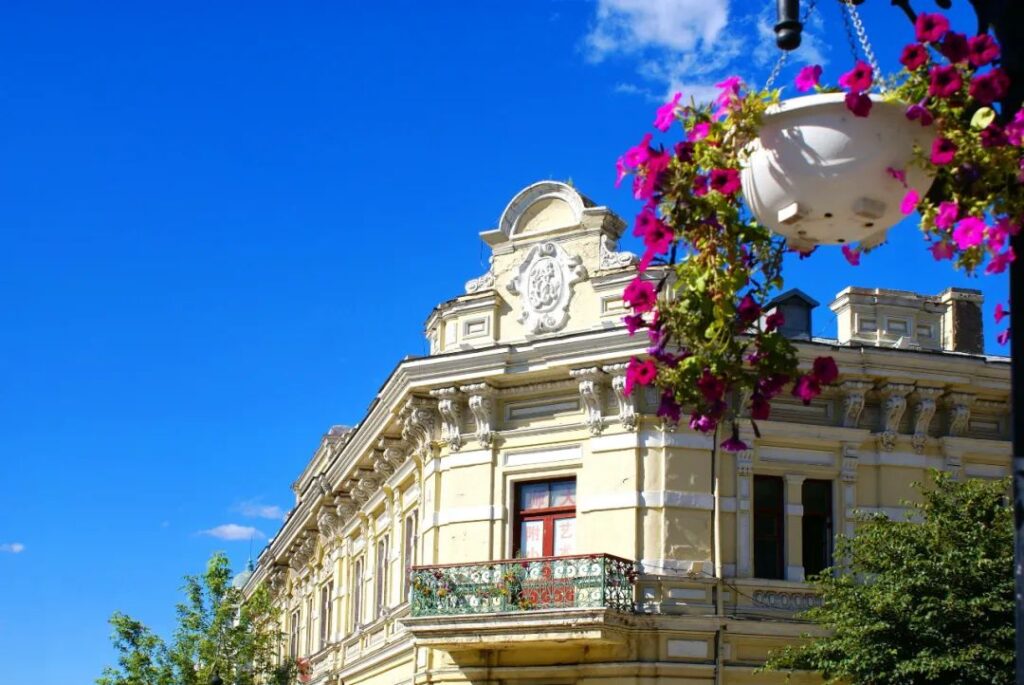
Standing on Asia’s longest pedestrian street, appreciating the European-style buildings on both sides, the styles and schools formed over hundreds of years in the history of world architecture compete for attention on this few-hundred-meter-long street, resembling a beautiful physical gallery of world architectural history. Groups of fashionable women and tall, handsome men quietly walk on this street where East meets West, forming a new landscape of Harbin.

Harbin, a city not only filled with exotic architectural and cultural charm, has also made people clearly feel the global trend as a commercialized metropolis. In the bustling crowd, you might brush shoulders with not only yellow-skinned people but also white-skinned, blonde-haired, and blue-eyed Europeans, with Russians being the majority.

Whenever I visit a new place, I always pay attention to the local customs and traditions, and my visit to Harbin was no exception. I noticed that most women on the streets of Harbin have a moderate physique and proportionate figures, with their flowing dresses creating graceful silhouettes. Looking at the beautiful clothes on the street and the stylish women beside me, it felt as if I had arrived at a fashionable and trendy place in Chongqing.
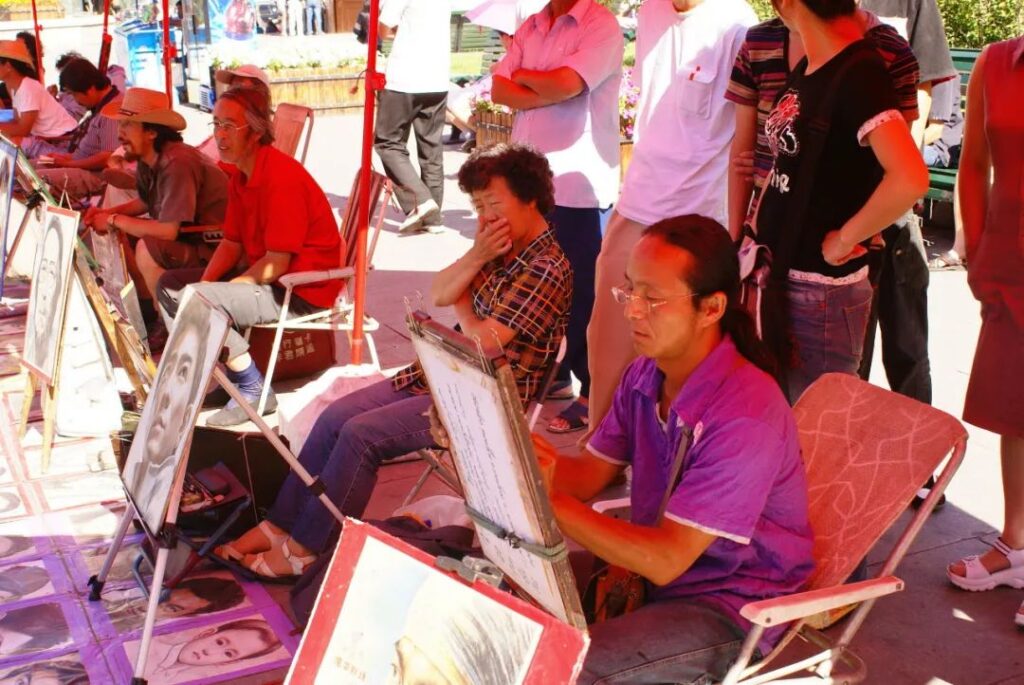
On the streets of Harbin, what attracted me the most were the numerous street portrait artists. In front of their stalls, several completed portrait works were displayed. The artists sat on stools, either sipping tea or chatting with companions. They are here all year round, waiting for business to come to them, adding a lot of charm to the street.
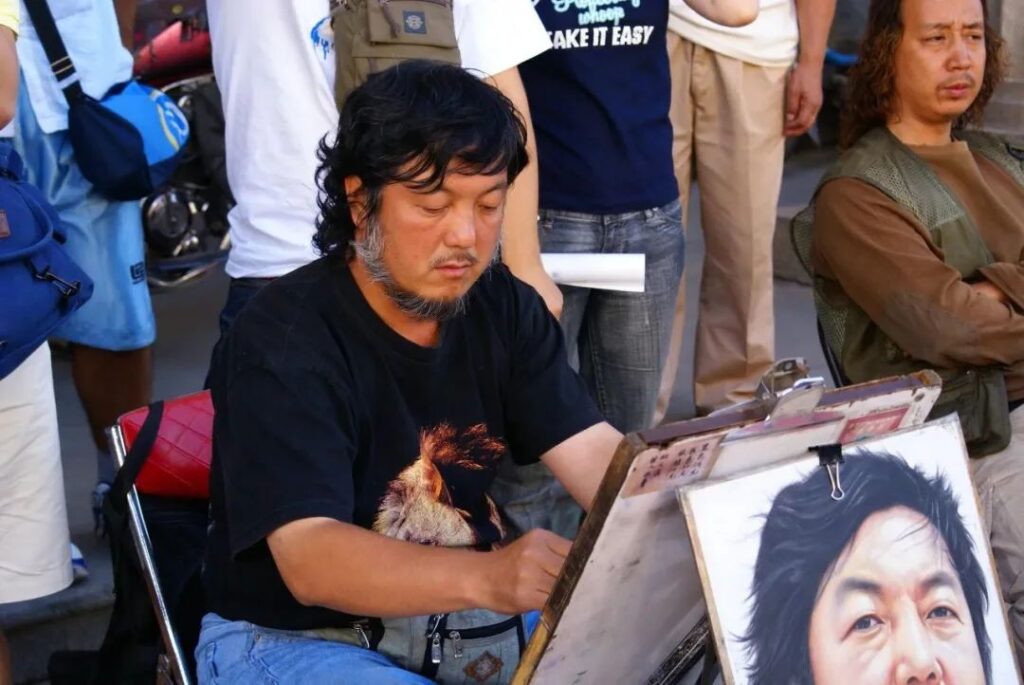
It is said that these street artists have passed exams and possess qualification certificates to operate their stalls. If an artist wants to earn money by drawing portraits for tourists on this famous pedestrian street, they must pass a special exam organized by the management office and can only start their business after passing.
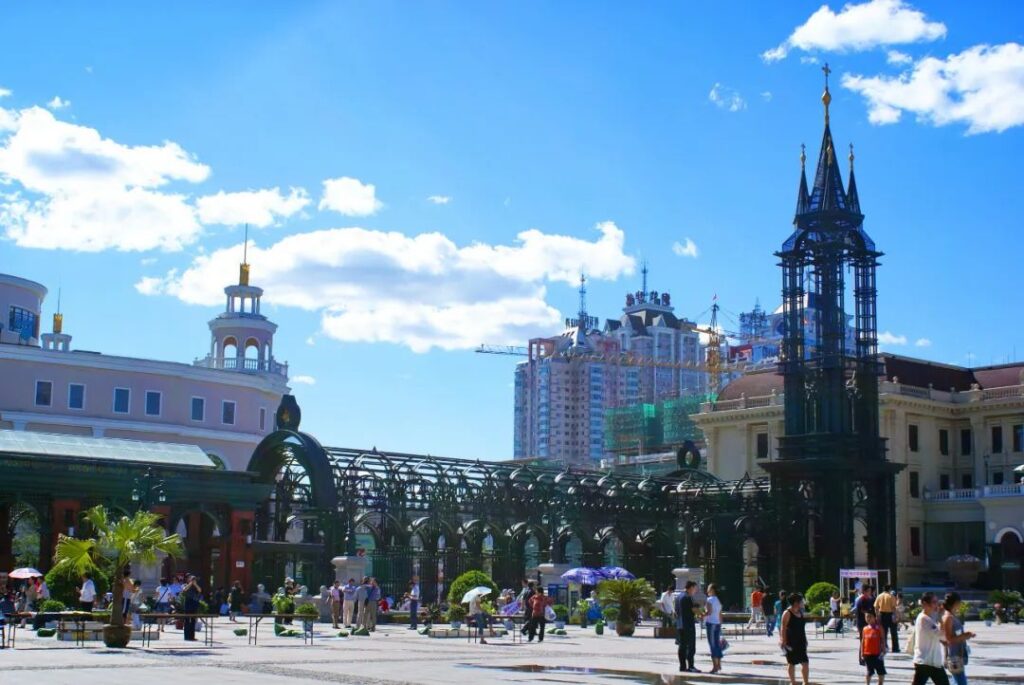
In Harbin, besides appreciating the European-style buildings along the streets, I was also drawn to the leisurely demeanor of the Harbin people. Everywhere on the street, there is a dazzling and prosperous urban landscape, with numerous high-end shopping malls, blooming residential areas, and colorful cultural activities, making it a feast for the eyes.
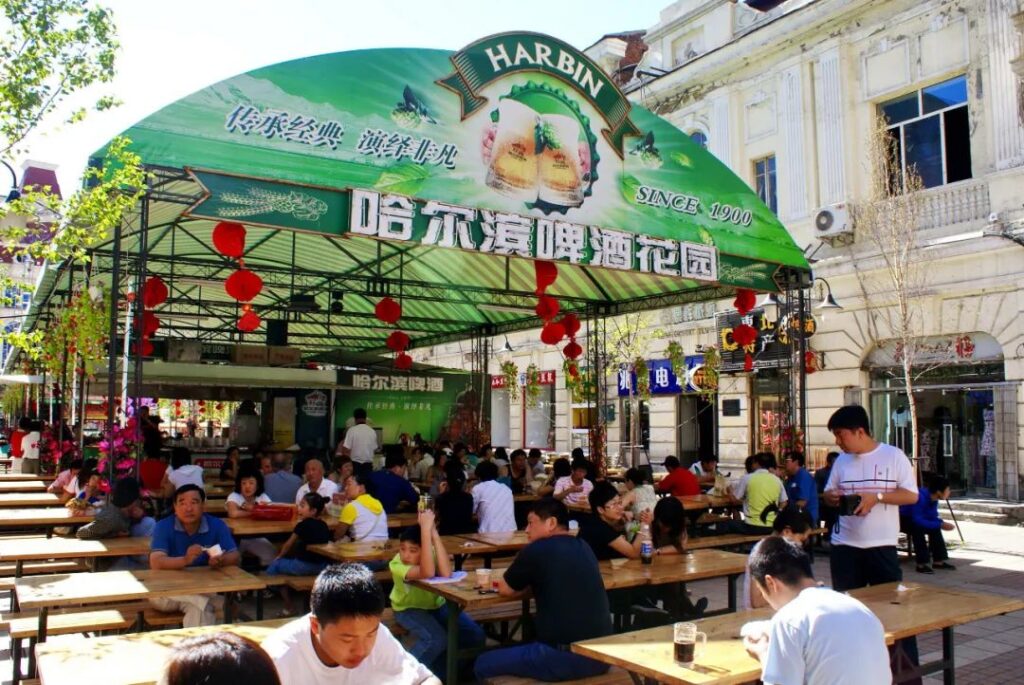
Every summer, Russian-style music and culture permeate the long street, and walking along the street, one might wonder if they have entered a foreign land. Harbin people sit around outdoor dining tables on the roadside, drinking ice-cold Harbin beer and eating grilled meat skewers. I truly admire the hearty drinking spirit of the Harbin people.

Strolling through the streets and alleys of Harbin, I constantly feel that this is a rough and rugged city. What deeply captivates me are the reddish-brown “onion domes,” the turquoise-green spires, the Byzantine-style Eastern Orthodox churches, and the ordinary Russian-style houses along the streets. These buildings exude a classical elegance and tranquility, giving people a sense of artistic enjoyment.
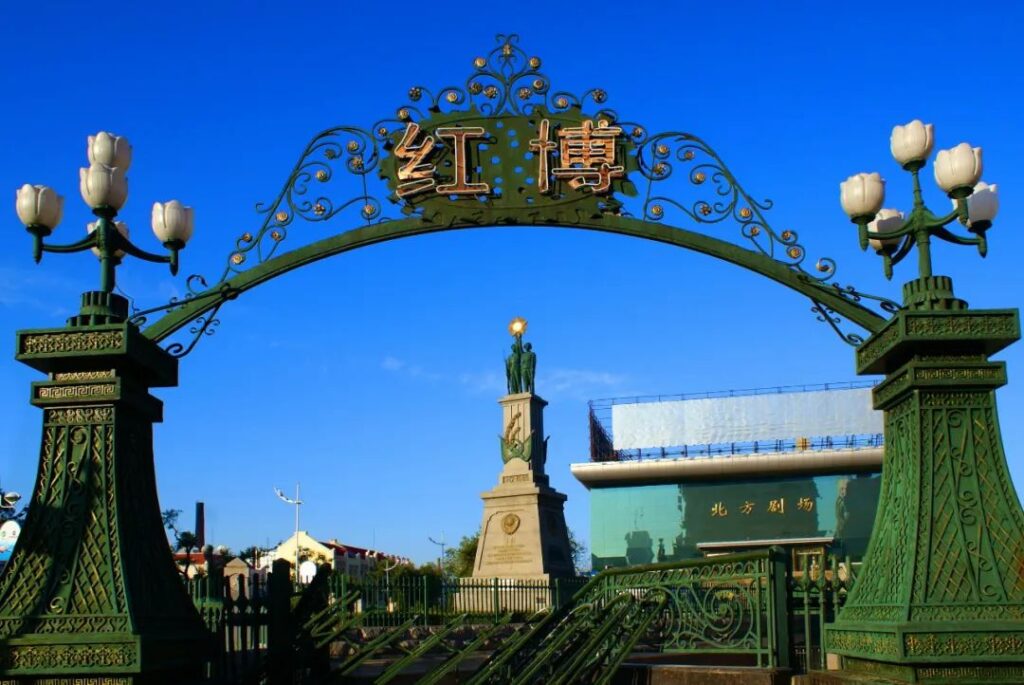
In Harbin’s Hongbo Square stands the Soviet Red Army Memorial, built to commemorate the Soviet Red Army soldiers who sacrificed their lives in the fight to liberate Northeast China for China’s freedom and independence. Hongbo Square records a period of history when the Soviet Red Army entered Northeast China during the Anti-Japanese War. There are three Soviet Red Army memorials in Northeast China, located in Harbin, Changchun, and Shenyang.
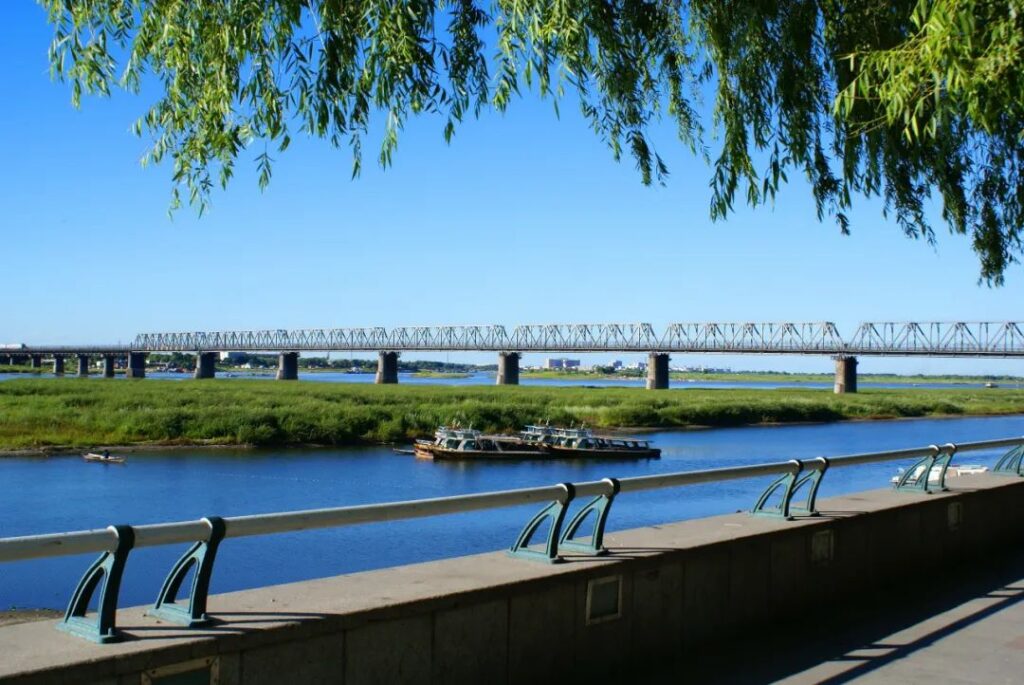
Arriving at the banks of the Songhua River, I witnessed firsthand this river with beautiful legends, this river that records the shameful acts of Japanese aggression, and this river that once caused a major flood in Northeast China. Now, it gently ripples with waves, the shore is crowded with tourists, boats shuttle on the river, and the waterfront is wide and long, forming a series of beautiful scenes that make up a magical landscape.
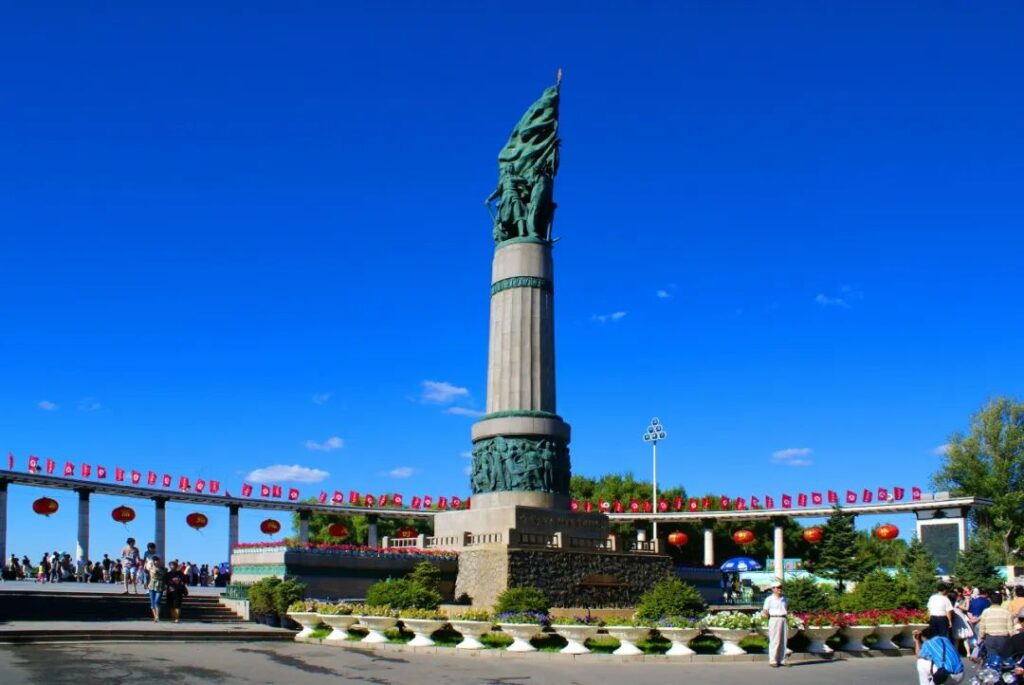
The majestic and imposing flood control memorial tower stands by the river. Its weathered appearance bears witness to the history of human struggles against natural disasters. Looking up at the top of the tower, it seems as if I can see the silhouettes of heroes fighting in the floodwaters, evoking a sense of solemnity. The summer in Harbin has left a deep mark in my life’s memories.
